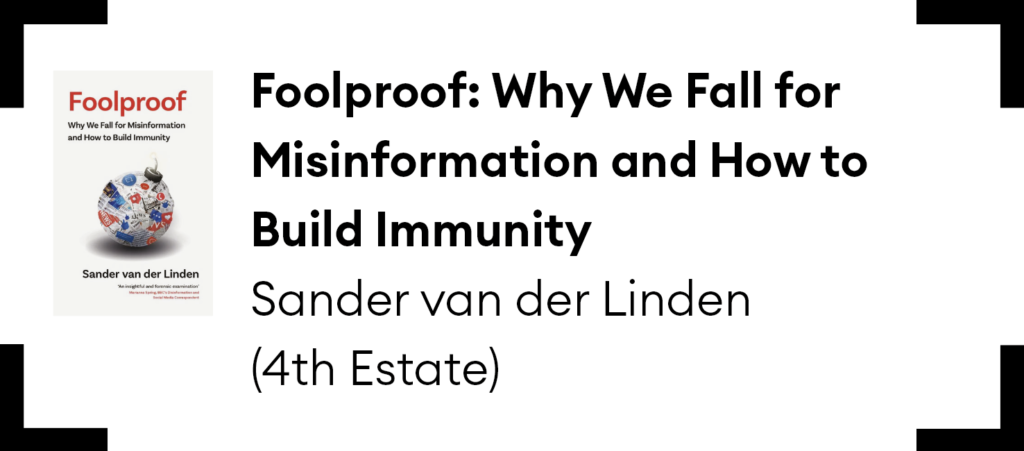It is the ‘other’ pandemic of the 21st century: the conspiracy theories, fake news and bogus stories that are transmitted via social media. Can society build immunity?
Deception or misinformation is everywhere: in nature, politics and warfare – and business too. Historically, tobacco companies used dirty tricks to undermine the credibility of research linking smoking to lung cancer. Today, greenwashing is widespread. Misinformation – the flipside of ‘knowledge is power’ – has been around for centuries, but what’s new is its scale, reach and immediacy.
Due to social media, it is now possible to psychologically profile and ‘micro-target’ millions of individuals with manipulative messages tailored to their specific personality types. Such targeting is cheap, enabling non-state actors such as Isis (as well as state-backed groups) to become more powerful. And the technology of misinformation is evolving fast, as deep fake videos show. Misinformation has become much more dangerous, with the potential to undermine political stability, influence elections and erode institutions’ credibility. Sander van der Linden, a social psychology professor at the University of Cambridge, has advised the British and US governments on misinformation. In Foolproof: Why We Fall for Misinformation and How to Build Immunity, he sets out how online misinformation works and ways to combat it.
Van der Linden’s thesis is that misinformation is analogous to a biological virus and can be treated with comparable techniques, like vaccination. The book is heavily reliant on analogy as an analytical tool – perhaps overly so, yet it undoubtedly helps illustrate salient points. He sets out the common features shared by conspiracy theories, such as a belief in a group with nefarious intentions and the use of contradictory logic, and explains how their proponents deploy six manipulative techniques to confuse or mislead. They include quoting fake authority figures or discrediting well-founded research (both used by tobacco firms in the past), using polarizing messages and appealing to prejudices.
So how can society defend itself? Governments can tackle part of the problem through regulation. For instance, mandatory ESG reporting rules will help tackle greenwashing by businesses. But what about everything that is not covered by regulation? Van der Linden offers two options. ‘Pre-bunking’ can be applied to specific misinformation threats, by explaining in advance what your opponent’s argument is likely to be and providing a counterargument. But it is labour-intensive. Moreover, pre-bunking can be perceived as manipulative in itself. And if your counter-facts should turn out to be untrue, you risk undermining your own authority.
An alternative is educating people to recognize the manipulative techniques of misinformation, so they are forewarned. This is more efficient, possibly more effective – and perhaps more ethically acceptable. This could be where social media and platform businesses, criticized so heavily for enabling conspiracies’ spread, lean in. Companies could provide far better online training and public information to help users spot manipulative messaging – a form of inoculation to build our collective immunity.
Foolproof is a stimulating and thoroughly-researched book about a topic that affects us all. It is a must-read for those in the persuasion business – political, PR or marketing professionals – and deserves to be read much more widely too.
Piers Cain is a management consultant.


